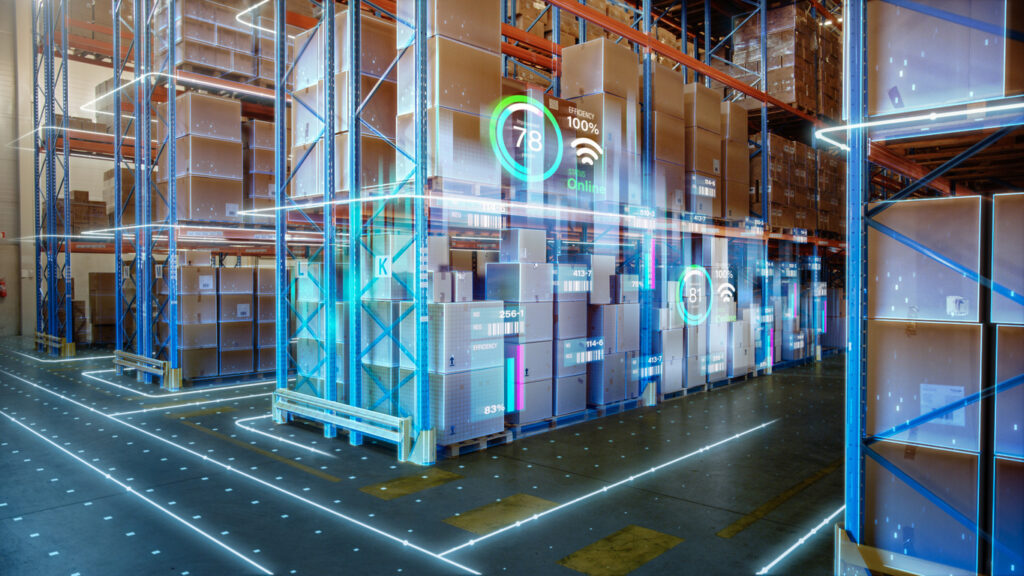Introduction
From healthcare to finance, digital transformation (DX) has touched every corner of the economy. However, few sectors have been as impacted by digital transformation as the retail industry. Competition from disruptive new startups and the lingering shock of COVID-19 have put pressure on stores to reinvent themselves or risk closing their doors.
E-commerce, big data analytics, the Internet of Things, and more are just a few technologies that have shaken up the way that companies sell to their customers. Given the constantly shifting retail technology landscape, what should business leaders and executives be aware of to best prepare their companies for success?
This is the first article in a two-part series exploring the topic of digital transformation in retail. Below, we’ll go over three DX megatrends in retail that you need to know.
Shift to online shopping
Online shopping has been around for decades, but the past several years have seen tremendous growth in e-commerce — with no sign of slowing down. Every year since 2012, U.S. e-commerce has increased by at least 12 percent annually. Last year, this figure was 14.2 percent, going from $763 billion in 2020 to $871 billion in 2021.
Among the many societal impacts of the COVID-19 pandemic, the shift to online retail has been one of the most significant. In 2020, U.S. online sales soared by a whopping 31.8 percent, as lockdowns and customer behavior forced many retailers to sell through their websites. 2021 saw a relative return to normalcy, with an annual U.S. e-commerce growth rate in the mid-teens — indicating that the abatement of the highly atypical events of 2020 has far from depleted the potential of online shopping.
The proportion of e-commerce as a share of total retail sales has also been expanding over this same period. In 2012, just 5 percent of U.S. retail was done online. Since then, however, e-commerce has steadily increased its hold on the market, reaching 12.9 percent at the end of 2021.
Brick-and-mortar stores taking on Amazon
Amazon is a juggernaut in the realm of e-commerce, and its influence only increased during the COVID-19 pandemic. At the height of lockdowns in Q2 2020, Amazon saw a massive 47 percent gain year over year in its e-commerce revenue.
It’s no surprise, then, that some of the largest brick-and-mortar retailers have been looking to shift their business model to compete with Amazon. Companies such as Walmart and Kroger are looking to eat into Amazon’s e-commerce profits, using their massive physical footprint as a selling point to offer faster product delivery and better service.
For example, 90 percent of U.S. consumers live within 10 miles of a Walmart store. Price, familiarity, proximity, and easy pick up and returns are some of the biggest reasons customers prefer to shop at Walmart. According to an October 2021 study, Walmart’s e-commerce business is growing more than five times faster than Amazon’s. In particular, Walmart is opening so-called “micro-fulfillment centers” inside its stores (essentially a smaller version of the Amazon warehouse) to help service online orders.
Kroger, the largest supermarket chain in the U.S., is also making a play for a piece of the Amazon pie. In 2021, Kroger opened a 275,000-square-foot, fully automated distribution center outside Cincinnati, with nine more outposts expected in the next two years. Online grocery shopping also skyrocketed during the COVID-19 pandemic, with sales growing by 83 percent in 2020.
Customer hyper-personalization
Done in isolation, online shopping can be an impersonal experience without human employees who can greet you and help you make purchases. Amazon and other e-commerce giants have unlocked the secret to higher profits and a better customer experience: personalization.
Hyper-personalization in retail uses big data and analytics, combined with cutting-edge AI and machine learning techniques, to better understand and predict customer behavior. Retail companies can then build stronger, more personalized sales and marketing campaigns to deliver more relevant content.
According to a survey by Fujitsu, for example, retailers are hiking up their spending on personalization technologies. More than 70 percent of retailers say they are making significant investments in enhancing the customer experience, monitoring customer traffic flow, and making better product recommendations.
Conclusion
From e-commerce to personalization, it’s essential for companies in the retail space to have their finger on the pulse of digital transformation. That’s exactly why DigXchange was founded.
DigXchange is a business forum that hosts a series of webinars, conferences, and other events to help company leaders and executives get the most from their digital transformation journey. Attendees have the chance to network and learn from their peers, swapping war stories and advice to make your next DX initiative a success.
Interested in joining us? Sign up for the DigXchange newsletter today to get all the latest information and updates on our next events. You can also follow us on Facebook, LinkedIn, and Twitter for important news and announcements. Keep your eyes peeled for our next article in this series, which will discuss the pitfalls retailers need to avoid during their digital transformation journey.







